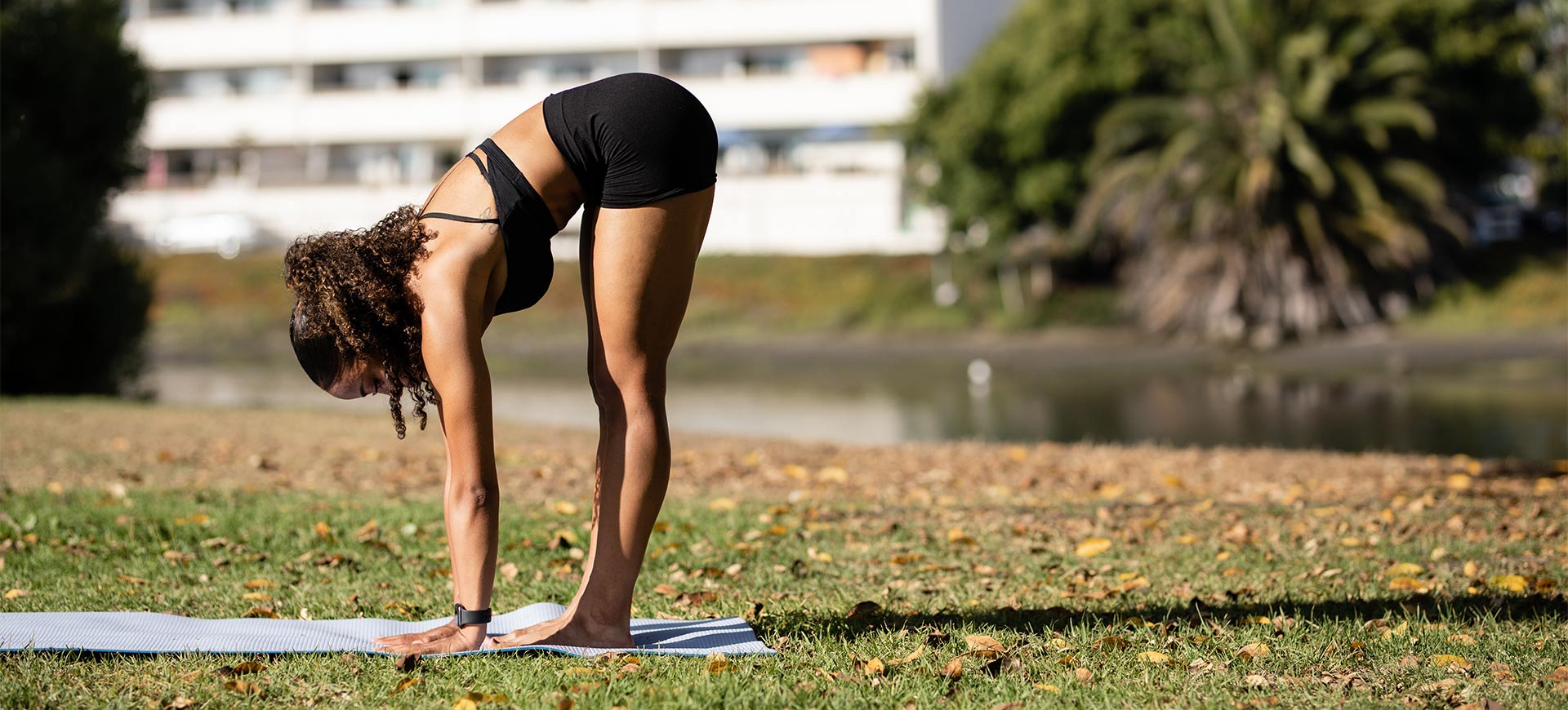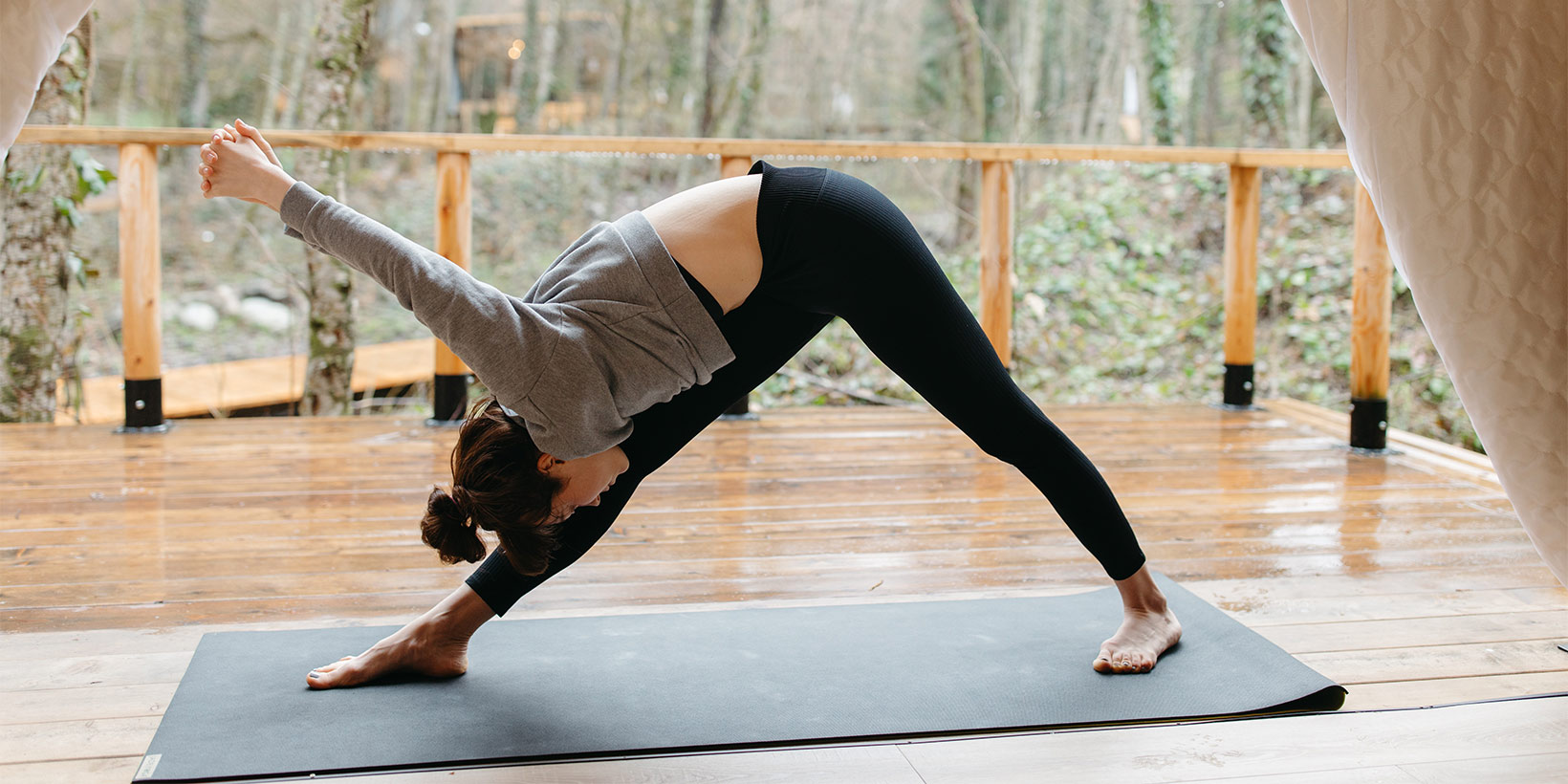
Restorative Yoga: Everything You Need To Know About It And Its Benefits
Most people know that yoga has many benefits of exercise with mindful practice, aiding the wellbeing of both your body and mind. Restorative yoga is a similar practice that is more restful, with a greater focus to slow down, open up your body, and stretch.
It’s not like what you might see in an average yoga class; restorative yoga classes don’t require a lot of movement, only a few postures within the hour. Some of your yogis might view this as being a more passive practice, but restorative yoga, when taught properly, can be very powerful.
Overstimulation is very common in everyday life; we are so used to fast-paced, and when we don’t have that, we aren’t benefiting. However, your nervous system can become shot when you do too much and overwhelm your senses, where restorative yoga can help.
If you have been interested in branching from teaching yoga to a focus on restorative yoga, then read on to discover what to expect and how you will benefit from practicing.
It’s a more meditative and reflective form of yoga to help you relieve more tension throughout your body.
What Is Restorative Yoga, Exactly?
Before you jump into all of the benefits that restorative yoga provides, you must first understand what it entails. Practitioners and yoga instructors at any level can add restorative yoga into their curriculum. The experts with Rahav Wellness Kinesiology state that restorative yoga is a recommended practice when uncovering all of the stress in the nervous system.
The restful practice holds asanas, or various yoga poses, for a longer duration than most average yoga exercises. In addition, there are a lot of props that are utilized with restorative yoga, such as yoga blocks, blankets, and bolsters.
The deep relaxation technique is meant to calm your body and mind, emphasizing the meditative aspects of yoga with deep breathing and bringing your focus to the present moment. The postures that are held are done to hold them with little effort as you become more accustomed to the practice.
When the body enters this deep state of relaxation, the mind is also forced to relax and relieve tension all over your body. Therefore, the only work you have to do when performing restorative yoga concentrates on breathing and becoming aware of any thoughts or sensations while in your pose.
The Benefits of Restorative Yoga
The style of yoga is meant to “restore” your body to its parasympathetic nervous system function, helping to heal and maintain balance. Depending on your own yoga teaching style, this may be an excellent course to include. The activation of the parasympathetic nervous system is what aids you in keeping your essential functions all working as they should.
Other advantages found in performing restorative yoga practice include:
- Better sleep quality - as you become more relaxed, you have a much more improved understanding of what will help you get a good night’s rest. For example, researchers have highly regarded restorative yoga as an effective intervention to help manage sleeping issues because it increases melatonin in your brain and reduces your body’s tendency to go on high alert.
- Mood enhancement - depression, anxiety, and stress are often associated with triggers that happen throughout your day, but practicing restorative yoga promotes a feeling of serenity and calm, which lessons those symptoms.
- Reduces chronic pain - people who suffer from chronic illness or pain can benefit from practicing restorative yoga since research has discovered that it helps reduce pains such as backaches, headaches, and even arthritis.
Another great benefit of this practice is that it is safe for pregnant women. It’s easy to modify and helps bring inner peace to promote a healthy pregnancy. In addition, anyone suffering from injury or illness can still benefit from restorative yoga since it is so gentle on the body.

Restorative Yoga Poses
Reliance on props is essential in restorative yoga, so in your online classes or studio make sure you share a list of what props are needed including the everyday alternatives that your yogis may have with them. The props are helpful in making poses more manageable and more supported. Of course, you can practice restorative yoga without the use of props, but keep in mind your yogis need to be able to hold the poses for a long time, so props can be extremely helpful.
Holding poses are performed at a minimum of five minutes. You can hold poses for longer as long as you are still comfortable while in them. Some people hold restorative yoga poses for up to twenty minutes and even longer.
Some of the more common poses found in restorative yoga include:
- CHILD’S POSE - Child’s pose helps relieve stress and fatigue and stretches out your hips, spine, glutes, shoulder muscles, and hamstrings.
- CORPSE POSE / SAVASANA - The corpse pose, or savasana, is the most deeply relaxed pose, where you lay flat on your back with your arms out to your sides, palms up. It is easy for your students to stay in this pose for longer than five minutes, so you can try and shoot for ten or even fifteen minutes.
- FISH POSE - If you sit a lot during the day, this is a helpful pose to execute in restorative yoga. It helps to elongate your spine, open up your chest and relieve tension in the neck and shoulders.
- LEGS UP THE WALL - This is almost another form of corpse pose, but done up against a wall with your legs straight up. It helps to relieve tired legs, backaches, and stretch hamstrings.
Taking time to include Restorative yoga for your yogis is a huge help for busy lifestyles, with the added advantage of relieving stress-related or mood-altering issues. It’s a more meditative and reflective form of yoga to help you relieve more tension throughout your body.
Understanding what your students need out of their yoga class helps you provide better guidance and direction more effectively. For example, suppose you have a lot of yogis with jobs where they sit frequently or experience chronic back pain or headaches. In that case, you can consider adding a restorative yoga class to help them soften and relax their muscles and improve their capacity to heal, rather than feel they have to work in an advanced class to develop their flexibility.






